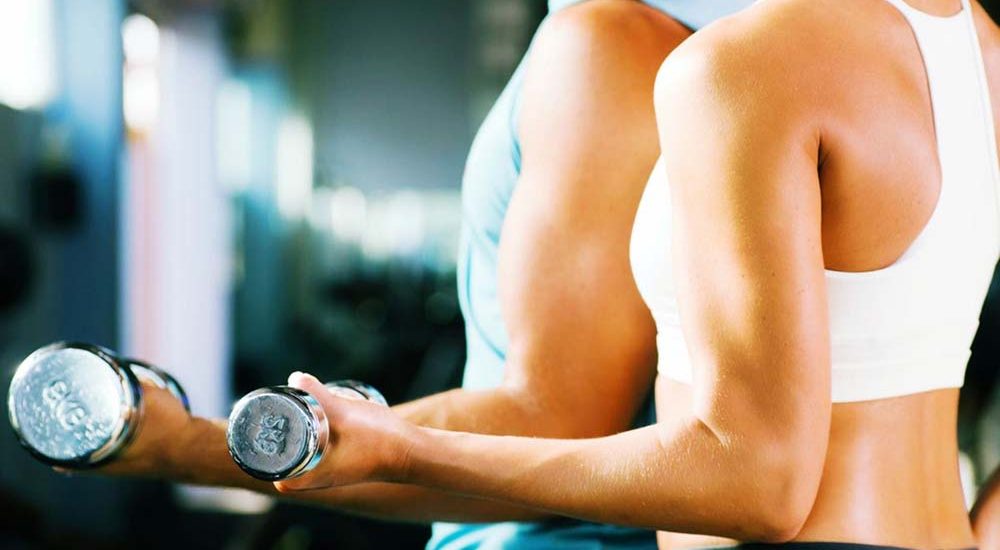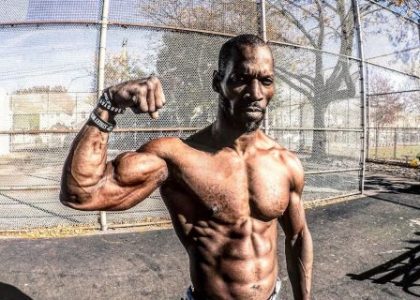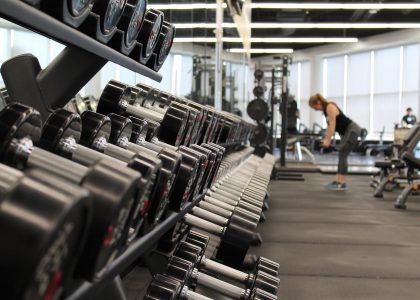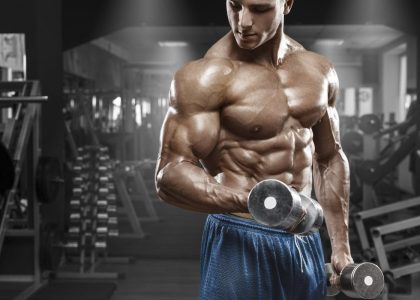The front squat is one of those exercises that shouldn’t be missing on your list to achieve optimal lower body development.
What is it
The front squat is a variant, which therefore does not replace him, his brother, the back squat.
The main difference is where we place the bar.
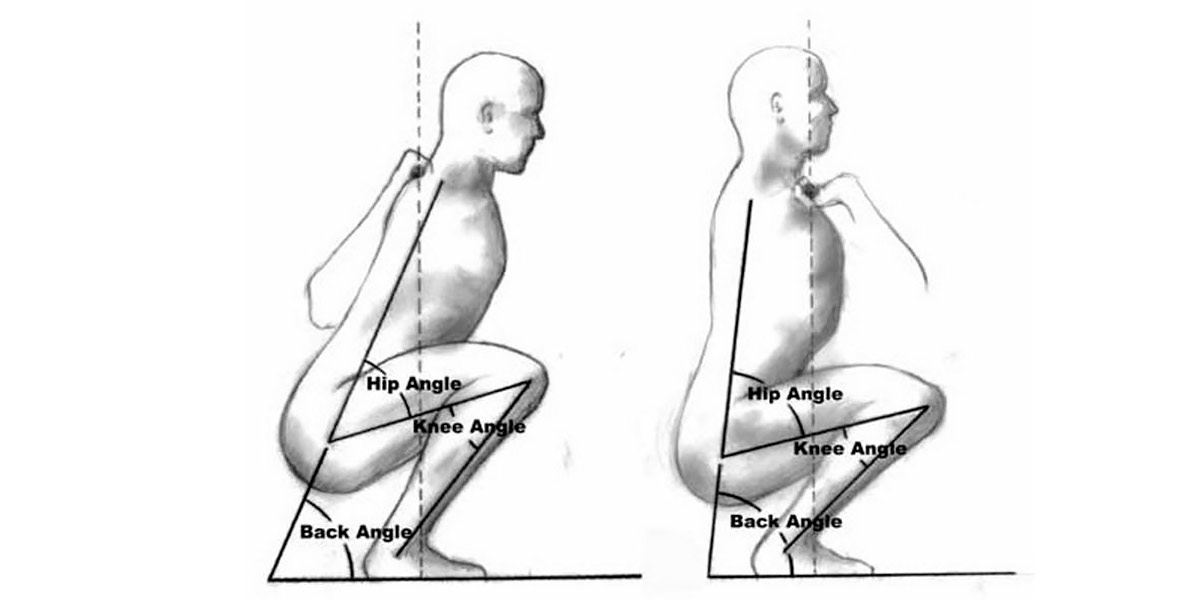
Which muscles do you work?
During the front squat, the quadriceps (the muscles of the front of the thigh) are activated to extend the knees; while the gluteus maximus is activated to extend the hips.
In this way you will be able to rise from the maximum depth position while standing straight, without suffering the phenomenon of the Lombard paradox , don’t you know what it is? It’s very common in the front squat! You can find out more here.
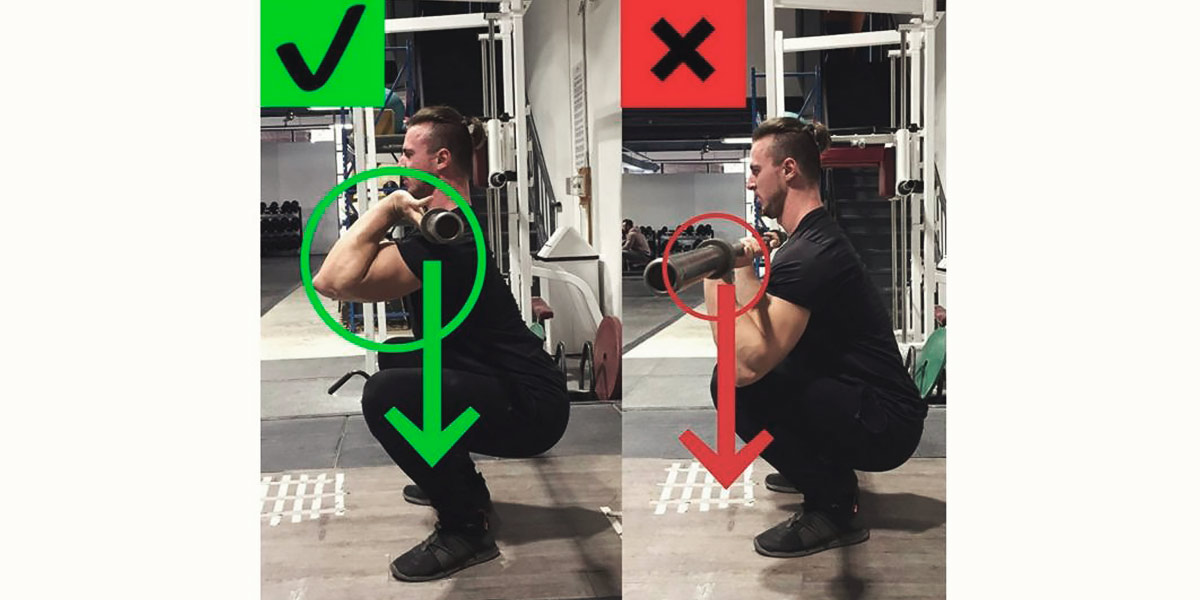
In turn, the spinal erectors ( muscles connecting the vertebrae) are activated isometrically so that the back remains straight.
The front squat forces you to keep the torso straighter by opening the angle of the hips, so that the bar does not fall forward.
The front squat activates the vastus external, medial, rectus femoris and femoris more than a back squat.
The quadriceps will focus with the front squat!
Squat ATG
When I talk about the front squat, I am not referring to the one performed with the ATG (“Ass To Grass”) or Powerlifter style barbell, that is going down at least below the perpendicular, leaving the hip lower than the knees, and bringing the knees forward, the tips of the feet.
I hope that at this point no one is surprised by the fear of performing this pose, but, in this article I will explain it clearly.
Presa
I clarify that I refer at all times to the version of the front squat with the Olympic rack or handle , i.e. the barbell is positioned on our collarbones, and the grip is as in the following photo:
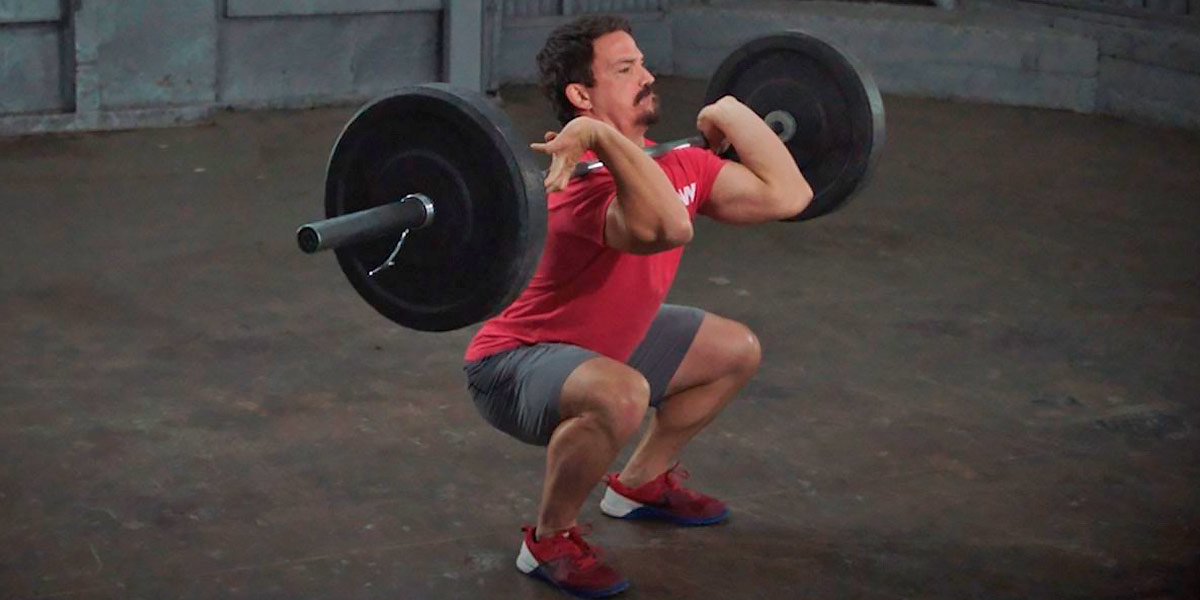
Relationship with the Olympic-movements
The front squat transfers directly to the Olympic movements , as receiving the bar in a clean is basically the position of this squat in the deep end.
This point will be of particular interest especially to those who practice Crossfit. “Also, look at the thighs of any Olympic athlete.”
Another variant of the squat that carries over to these lifts is the Overhead Squat or better known by its acronym, OHS.
Benefits of Front Squat
- Improves stabilization and mobility lower body
- Multi-joint work
- Increase strength
- Add muscle mass , especially with an emphasis on the quadriceps and not so much on the glutes, as on the back squat
- Activates the metabolism
- Improves body composition
- Reduces the risk of injury in application sports or power and blast activity
Why do the front squat rather than the back squat?
We have already talked about the benefits of the front squat over the back squat in terms of activation of the lower limb muscles , but in what does it mean? .
Greater muscle development of the quadriceps
The demands for verticality of the trunk of the front squat generate greater flexion of the ankle and knee, increasing the activation and therefore the development of the quadriceps muscle .
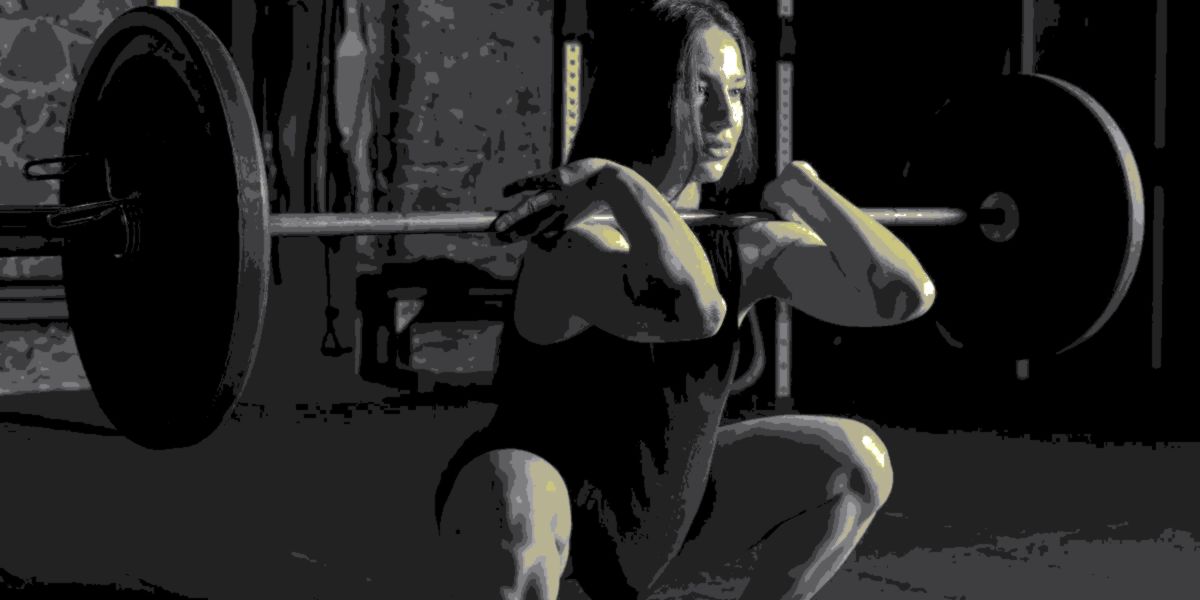
More verticality in the back squats
The front squat is a great exercise to improve your back squat technique.
Where, due to lack of mobility, lifters flex the hips by tilting the torso forward and placing them in a position where shear forces on the spine are increase .
This is a very common problem in athletes with a long femur , as increasing the length of the femur forces the athlete to lean forward to move its center of gravity and not lose balance.
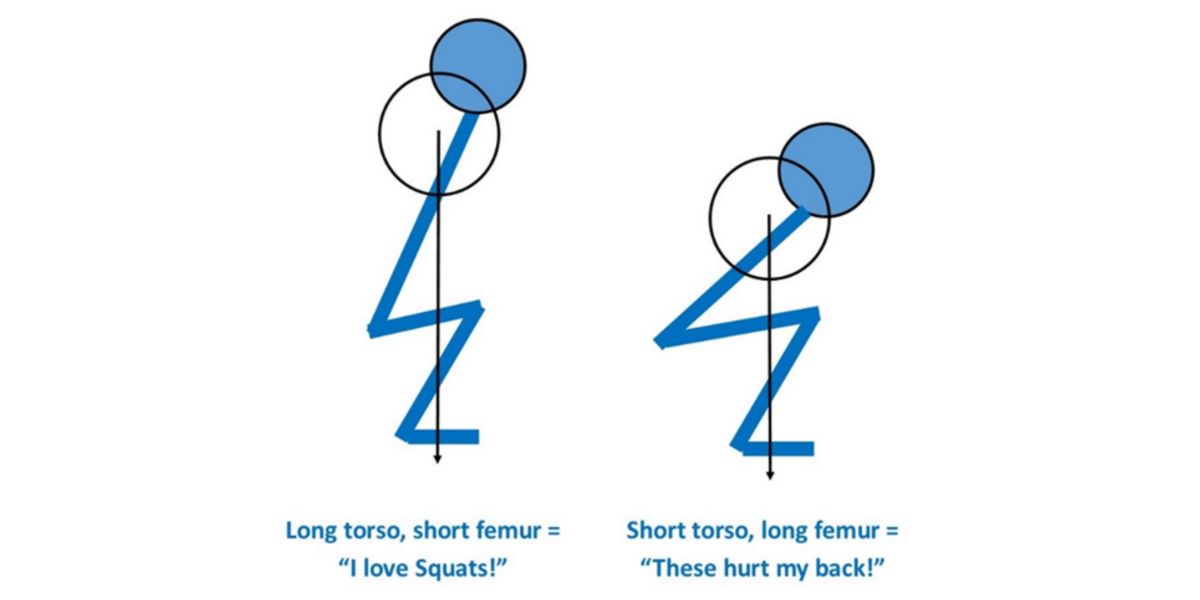
The front squat is an excellent exercise to improve the mobility of the ankle, which is the limiting factor in maintaining verticality during the movement of the squat.
Less stress on the lower back
The increased stabilizing demands of the exercise, as well as the vertical position of the trunk isometrically activated by the erector torso muscles, not only make the front squat an exercise that generates less back pain than lifters , if not even making it a fantastic exercise for people suffering from chronic back pain problems.
Problems running it
To perform the front squat, it is necessary to have good mobility of the hip and ankle (dorsal flexion of the ankle) .
In addition, good shoulder rotation and flexibility in the wrist joint are also required.
As an essential recommendation for any kind of exercise of these features, before starting improvised mind to perform the actual series of the movement in question, it is necessary to follow a warm-up and dedicate time to joint mobilization , in order to avoid injuries and above all to prepare all muscles and elements involved in the execution of the exercise model.
Cross-grip
If, try hard , the loaded grip that I name in each guide is not possible, there is always the possibility of cross grip , although in this case there is a risk that if we drive high loads and the barbell is not high enough, it will roll down
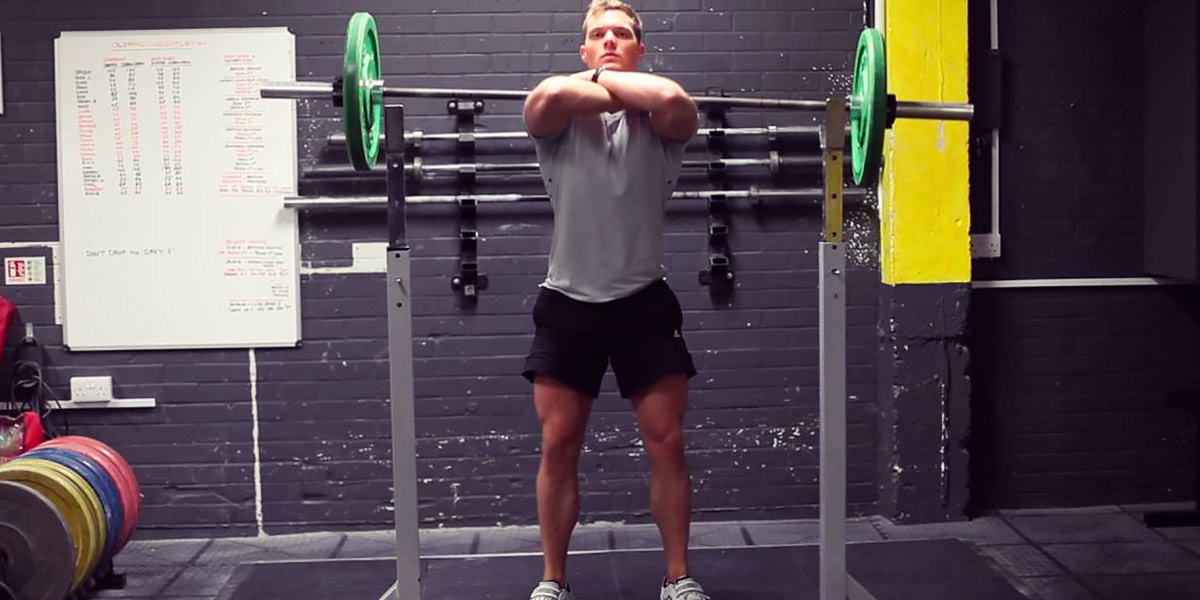
Joint-mobility
Previously we will have performed joint mobility exercises , both lower and upper body (focusing on the shoulders).
We can check out these videos from the acclaimed Kelly Starrett :
If necessary, before starting the program to embed the front squat, going to the recommended stretches in the videos can be a great initiative.
How-to-do-a-front-squat
As with any complex lifting movement , the front squat adheres to this group where maintaining correct technique and correct posture at all times is the key to not failing in lifting, and above all avoiding the risk of injury.
Initial position
We will position ourselves in front of the barbell, this is placed on the rack , and then we “get” under it, adjusting the position of the handle and the points of support on our body.
In this case, the similarity with the opening of a militar press is enough, or if we are already used to running Olympic, to that of a clean .
Remove the barbell from the rack
Now the action begins.
Before removing the barbell we make sure of correct grip , we will take a breath and fill our lungs, and holding our breath , with a impulse we lower the bar, do 1 -2 steps back and we are ready.
Note here that if we have already started badly, the move will not be successful. Therefore, applies the same concentration and intensity in this first phase as if it were during the full run.
The position of the feet should correspond roughly to the opening of the shoulders, perhaps a little more depending on the characteristics of the individual, and the feet can be in the range of 30-45 °.
Descent phase
A deep breath will fill our lungs and facilitate stabilization .
During the entire execution of the concentric movement it is important to contain the air, as this will maintain the intervertebral tension and make us become a block of concrete .
As mentioned above, the descent “ends” where we reach the “top”, and this will be none other than with our hips closer to the ground, which implies that the knees exceed the toes.
The elbows will always be kept in the highest position , this requires good shoulder mobility, as the palms of the hands must touch our s weaves shoulders. In this phase the isometric pressure on the abdomen to stabilize the posture and the correct elevation of the elbows will be high.
In summary, which we will have to see well at this moment, our position below will be:
- Bust upright and chest out
- Knees out
- High elbows
Climb phase
It is very important to note that the weight is mostly resting on our heels , and this is where we will push and exert force during exhalation to start the concentric phase or the climb.
At this stage, the previous 3 points must be kept to achieve repetition.


